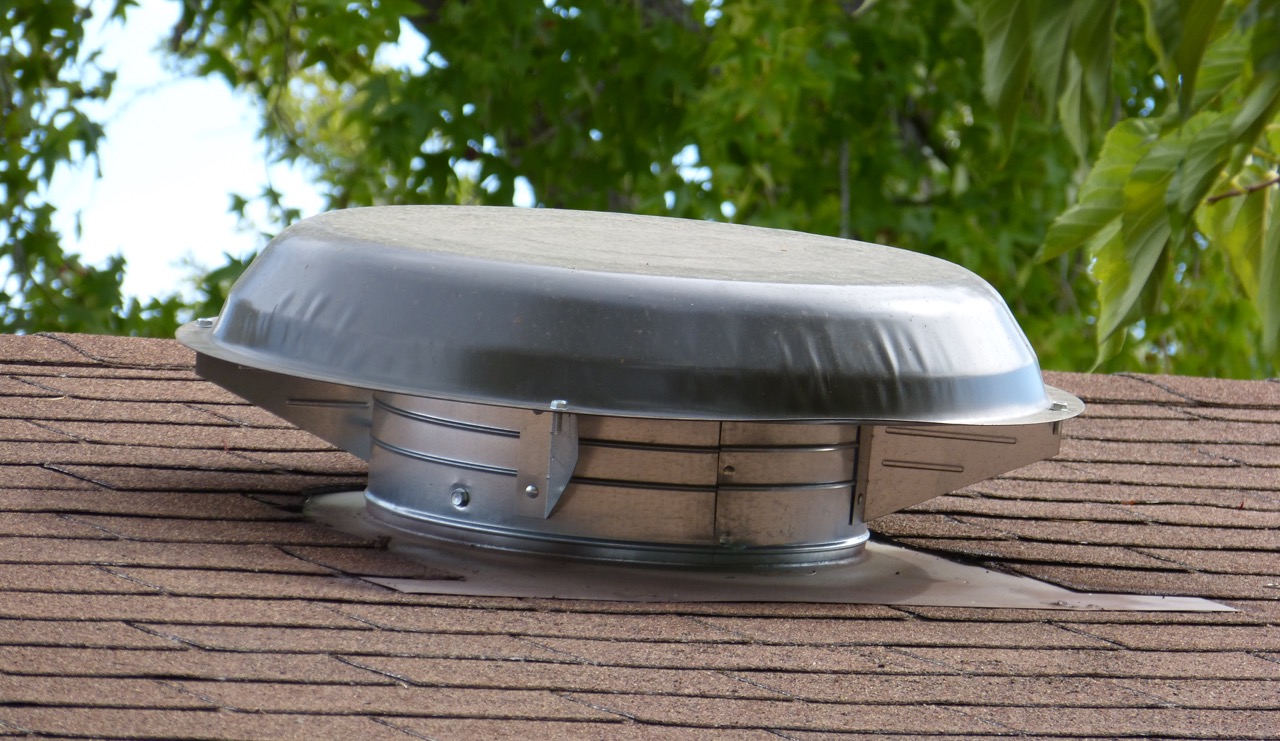

Articles
How Much Is An Attic Fan
Modified: February 23, 2024
Get all the information you need about attic fans in this comprehensive article. Find out how much an attic fan costs and if it's worth the investment.
(Many of the links in this article redirect to a specific reviewed product. Your purchase of these products through affiliate links helps to generate commission for Storables.com, at no extra cost. Learn more)
Introduction
Welcome to the world of attic fans! If you’re a homeowner looking to improve the ventilation in your home, an attic fan can be a game-changer. But how much does it actually cost to install one? In this article, we will explore the ins and outs of attic fans and provide you with all the information you need to know about their cost.
Attic fans are ventilation systems that are installed in the attic space of a home. They work by pulling hot air out of the attic and expelling it outside. This process helps to keep the attic and the entire home cooler, especially during hot summer months. Attic fans are typically installed either on the roof or in the gable, and they can be powered by electricity or solar energy.
Now, you might be wondering why you should consider installing an attic fan in the first place. Well, there are several benefits to having one in your home. Firstly, attic fans can help reduce the temperature in your attic, which can prevent heat buildup and potential damage to the structure of your roof. By keeping your attic cooler, you are also helping to reduce the strain on your air conditioner, leading to potential energy savings and lower utility bills.
Moreover, attic fans can improve indoor air quality by removing excess moisture and preventing the growth of mold and mildew. Proper ventilation in the attic can also extend the lifespan of insulation, preventing it from becoming damp or ineffective. Additionally, attic fans can help eliminate odors that may accumulate in the attic over time.
Now that we know the advantages of having an attic fan, let’s delve into the factors that can affect the cost of installation. From the type of fan to the size of your attic and the complexity of the installation, various factors can impact the overall cost. In the next section, we will break these factors down and provide you with a realistic estimate of what you can expect to pay for your attic fan installation.
Key Takeaways:
- Attic fans offer benefits such as improved temperature regulation, energy savings, extended roof lifespan, and elimination of odors, making them a valuable investment for homeowners seeking comfort and efficiency.
- The cost of installing an attic fan can range from $200 to $600 for electric-powered fans and between $400 and $1,500 for solar-powered fans. Professional installation ensures safety and warranty coverage, while DIY offers flexibility and cost savings.
Read more: How Much To Install An Attic Fan
What is an Attic Fan?
An attic fan is a ventilation system that helps regulate the temperature and airflow in your attic. It works by either pulling air out of the attic space or pushing fresh air into it. Attic fans are typically installed in the uppermost part of the house, where heat tends to accumulate. They are designed to expel the hot air from the attic, preventing it from seeping into the living spaces below.
Attic fans come in various types, including electric-powered fans and solar-powered fans. Electric-powered fans are connected to the electrical system of the house and are controlled by an on/off switch or a thermostat. Solar-powered fans, on the other hand, harness the energy from the sun to power the fan and require no electrical connection.
Attic fans generally consist of a fan unit and a vent. The fan unit is responsible for pulling or pushing the air, while the vent allows the air to escape or enter the attic. The vent can be installed on the roof or sometimes on a gable wall.
There are two main types of attic fans: roof-mounted and gable-mounted. Roof-mounted fans are installed directly on the roof surface, usually near the ridge or peak of the roof. They are positioned to pull the hot air out of the attic. Gable-mounted fans, on the other hand, are installed on the gable end of the attic. They push fresh air into the attic, creating a flow of air that vents out through other openings in the attic, such as soffit vents or roof vents.
Attic fans are typically controlled by a thermostat. The thermostat monitors the temperature in the attic and activates the fan when it reaches a certain threshold. This helps ensure that the fan operates only when necessary, saving energy and preventing excessive cooling or heating of the attic.
It’s important to note that attic fans are not a substitute for proper attic insulation and ventilation. While they can help remove hot air and improve airflow, it’s essential to have adequate insulation and ventilation in place to maximize their efficiency. Combining attic fans with proper insulation and ventilation will provide the best results in terms of energy efficiency and temperature regulation in the attic and the entire house.
Benefits of Installing an Attic Fan
Installing an attic fan in your home can bring a range of benefits that can improve your living environment and enhance energy efficiency. Here are some key advantages of having an attic fan:
- Improved temperature regulation: One of the primary benefits of an attic fan is its ability to regulate the temperature in your attic. By expelling hot air and drawing in fresh air, attic fans can help keep your attic cool, especially during hot summer months. This temperature regulation can have a direct impact on the overall comfort of your home, as it prevents heat from seeping into the living spaces.
- Reduced energy costs: When your attic stays cooler, your air conditioning system doesn’t have to work as hard to cool your home. This reduction in the workload can translate into significant energy savings, as your air conditioner consumes less electricity. By installing an attic fan, you can potentially lower your energy bills and make your home more energy-efficient.
- Extended roof lifespan: Excessive heat in the attic can damage the roofing materials over time. It can cause shingles to warp, deteriorate, or even crack. By properly ventilating your attic with an attic fan, you can prevent heat buildup and extend the lifespan of your roof. This can save you the significant costs of premature roof replacement.
- Prevention of moisture accumulation: Moisture buildup in the attic can lead to mold and mildew growth, which can negatively impact your indoor air quality and potentially cause health issues. Attic fans help remove excess moisture from the attic, reducing the risk of mold and mildew formation. This can create a healthier living environment for you and your family.
- Improved insulation effectiveness: Attic insulation is crucial for maintaining a comfortable indoor temperature and minimizing energy waste. However, if your attic insulation becomes damp or ineffective due to moisture or heat, its performance can be compromised. By installing an attic fan to improve ventilation, you can help ensure that your insulation remains dry and effective, maximizing its insulation properties.
- Elimination of odors: Over time, attics can accumulate odors from various sources, such as stored items, pests, or stagnant air. Attic fans can help circulate fresh air throughout the attic space, minimizing and eliminating these unpleasant odors. This can greatly improve the overall air quality in your home.
Overall, installing an attic fan can provide numerous benefits, including improved temperature regulation, energy savings, extended roof lifespan, prevention of moisture issues, improved insulation effectiveness, and elimination of odors. It’s an investment that can enhance the comfort, energy efficiency, and overall quality of your home.
Factors that Affect the Cost of an Attic Fan
The cost of installing an attic fan can vary depending on several factors. Understanding these factors can help you better estimate the overall cost of the installation. Here are the key factors that can affect the cost of an attic fan:
- Type of attic fan: The type of attic fan you choose can influence the cost of installation. There are electric-powered attic fans and solar-powered attic fans. Electric-powered fans are typically cheaper upfront, but they may require additional electrical work for installation. Solar-powered fans, while they have higher upfront costs, may provide long-term savings as they do not rely on electricity.
- Size of the attic: The size of your attic plays a significant role in determining the cost of installation. Larger attics may require more powerful fans or multiple fans to ensure adequate ventilation. The larger the attic, the more materials and labor may be required, thus increasing the overall cost of installation.
- Complexity of installation: The complexity of the installation can impact the cost. If your attic has limited access or obstructions such as ductwork or wiring, the installation process may require more time and effort. Additionally, if there is no existing vent in the attic, creating an opening for the fan to exhaust air can add to the complexity and cost of the installation.
- Roof type: The type of roof you have can affect the cost of installing an attic fan. Different roof materials may require different installation techniques and additional materials, such as flashing or roof vents. Additionally, if your roof is steep or has a complex design, it may require extra precautions and safety measures during the installation, which can increase the overall cost.
- Additional features: Attic fans can come with optional features that can affect the cost. For example, some attic fans have built-in thermostats, humidity sensors, or adjustable fan speeds. These features can add convenience and control to your attic fan system but may come at a higher price point.
- Professional installation: While it is possible to install an attic fan yourself, professional installation is recommended for safety and optimal performance. Hiring a professional can ensure that the fan is installed correctly, in compliance with local building codes, and that any electrical connections are properly handled. The cost of professional installation will vary depending on your location and the complexity of the installation.
It’s important to consider all these factors when estimating the cost of installing an attic fan. Consulting with a professional or obtaining multiple quotes from reputable contractors can provide you with a more accurate cost assessment based on your specific needs and requirements.
Average Cost of Attic Fan Installation
The average cost of installing an attic fan can vary depending on several factors, including the type of fan, the size of the attic, and the complexity of the installation. While it’s important to keep in mind that these prices can fluctuate depending on your location and specific circumstances, here is a general estimate of the average cost of attic fan installation:
For a standard electric-powered attic fan, the cost can range between $200 and $600. This price includes the fan unit, vent, and basic installation labor. The cost may increase if additional electrical work or modifications are necessary.
On the other hand, solar-powered attic fans tend to have a higher upfront cost due to the inclusion of photovoltaic panels. The average cost for solar-powered attic fans can range between $400 and $1,500, depending on the size and power of the fan. While the initial cost may be higher, solar-powered fans can offer long-term energy savings, as they do not require electricity to operate.
In addition to the fan unit itself, other factors can contribute to the overall cost of installation. This can include the need for additional materials such as flashing, roof vents, or wiring, particularly if they are not already in place. The complexity of the installation, such as limited access or complicated roof designs, can also impact the cost.
If you opt for professional installation, the labor costs can vary depending on your location and the complexity of the installation. On average, you can expect to pay between $100 and $300 for professional installation. Hiring a professional ensures that the fan is installed correctly, in compliance with building codes, and that any electrical connections are properly handled.
It’s essential to obtain multiple quotes from reputable contractors in your area to get a more accurate estimate for your specific needs. Remember that the cost of installation should be seen as an investment, as an attic fan can provide long-term energy savings and enhance the overall comfort and efficiency of your home.
Keep in mind that these prices are general estimates and can vary based on the specific factors mentioned earlier. It’s always a good idea to consult with professionals and gather multiple quotes to get a more accurate cost assessment for your attic fan installation.
Consider the size of your attic and the climate in your area when determining the size and power of the attic fan you need. A larger attic or hotter climate may require a more powerful fan.
Read more: How Much Is A Solar Attic Fan
DIY vs Professional Installation
When it comes to installing an attic fan, one decision you’ll need to make is whether to tackle the installation yourself or hire a professional. Both options have their advantages and considerations. Let’s explore the differences between DIY and professional installation:
DIY Installation
DIY installation can be an appealing option for homeowners who are handy and have experience with electrical work or general home improvement projects. Here are a few benefits of DIY installation:
- Cost savings: DIY installation can save you money on labor costs since you won’t need to hire a professional. You can purchase the materials yourself and take on the project at your own pace.
- Sense of accomplishment: Successfully installing an attic fan on your own can give you a sense of accomplishment and pride in your DIY skills. It can also provide a deeper understanding of how your home’s ventilation system works.
- Flexibility and convenience: With DIY installation, you have the flexibility to work on the project whenever it suits you. You can also make adjustments or modifications as needed throughout the installation process without relying on a professional’s schedule.
However, there are a few considerations to keep in mind before choosing the DIY route:
- Safety risks: Working with electrical components and tools carries inherent safety risks. If you don’t have experience with electrical work, you may put yourself at risk of electrocution or other accidents.
- Code compliance: Building codes and regulations can vary by location. If you’re not familiar with local codes or if your installation involves complex electrical work, you may unintentionally violate these regulations, leading to potential safety hazards or issues with insurance coverage.
- Mistakes and warranty: DIY installation may result in mistakes or improper installation, potentially voiding warranties on the fan or causing long-term issues. Professional installers have experience and knowledge to ensure proper installation and compliance with manufacturer specifications.
Professional Installation
Professional installation offers numerous benefits and is often the recommended choice for attic fan installation. Here’s why:
- Expertise and experience: Professional installers have the necessary knowledge and experience to properly install attic fans. They are familiar with building codes, safety protocols, and manufacturer specifications, ensuring a safe and effective installation.
- Time and efficiency: Professional installers are equipped with the tools, resources, and expertise to complete the installation efficiently. They can get the job done in a timely manner, saving you the hassle of doing it yourself.
- Warranty coverage: Many attic fans come with manufacturer warranties that may require professional installation for the warranty to remain valid. By hiring professionals, you ensure that the installation is done correctly and in compliance with warranty requirements.
- Peace of mind: Hiring professionals provides peace of mind, knowing that the installation is being handled by trained experts who can address any issues or complications that may arise during the process.
While professional installation may come with additional costs, it is often the recommended choice due to the expertise, efficiency, and warranty coverage it offers. It ensures that your attic fan is installed correctly, optimizing its performance and longevity.
In the end, the choice between DIY and professional installation depends on your level of comfort, experience, and safety considerations. If you have the necessary knowledge and skills, DIY installation can be a viable option. However, for those who are unsure or lack experience in electrical work, it is always best to hire a professional to ensure a safe and effective installation.
Conclusion
Attic fans can be a valuable addition to your home, providing numerous benefits such as improved temperature regulation, energy savings, extended roof lifespan, prevention of moisture issues, improved insulation effectiveness, and elimination of odors. When considering the cost of installing an attic fan, it’s essential to take into account factors such as the type of fan, the size of the attic, the complexity of the installation, and the additional features you may want.
On average, the cost of installing an attic fan can range from $200 to $600 for electric-powered fans and between $400 and $1,500 for solar-powered fans. These prices can vary based on your location, the specific needs of your home, and professional labor costs. It’s recommended to consult with reputable contractors and gather multiple quotes to get a more accurate estimate for your attic fan installation.
When it comes to installation, you have the choice between DIY and professional installation. While DIY installation may save you money upfront and offer a sense of accomplishment, professional installation provides the expertise, efficiency, and warranty coverage that ensure a safe and effective installation.
In the end, installing an attic fan can greatly improve the comfort, energy efficiency, and overall quality of your home. It’s an investment that can have long-term benefits while enhancing your living environment. Whether you choose to install an attic fan yourself or hire a professional, the key is to ensure that it is properly installed and properly maintained to enjoy all the advantages it brings.
Take the time to assess your specific needs, consider your budget, and consult with professionals to make an informed decision about installing an attic fan. With the right attic fan in place, you can enjoy a cooler, more comfortable home, lower energy costs, and improved indoor air quality.
Frequently Asked Questions about How Much Is An Attic Fan
Was this page helpful?
At Storables.com, we guarantee accurate and reliable information. Our content, validated by Expert Board Contributors, is crafted following stringent Editorial Policies. We're committed to providing you with well-researched, expert-backed insights for all your informational needs.
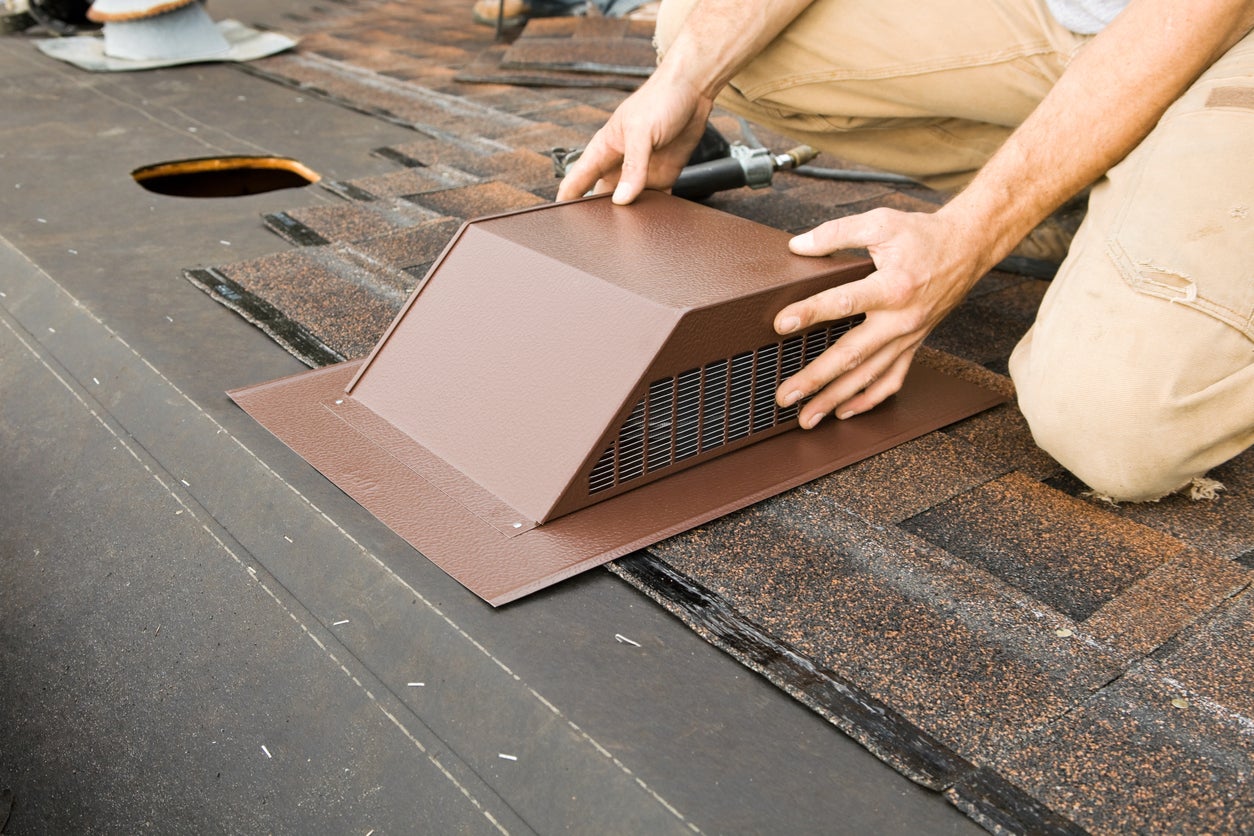
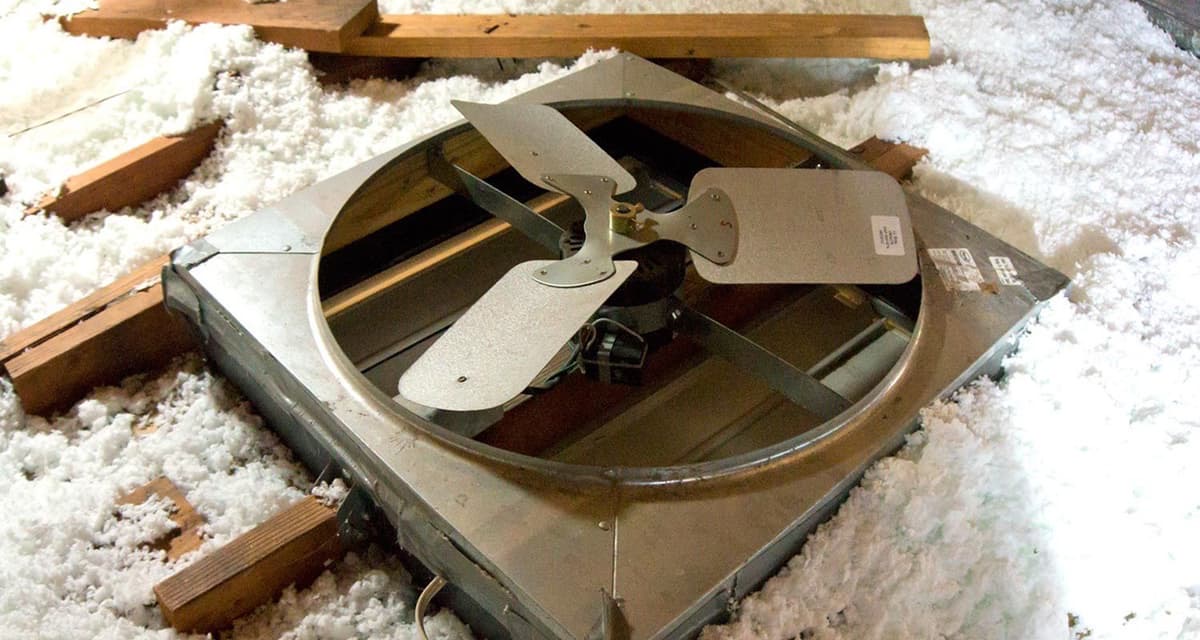
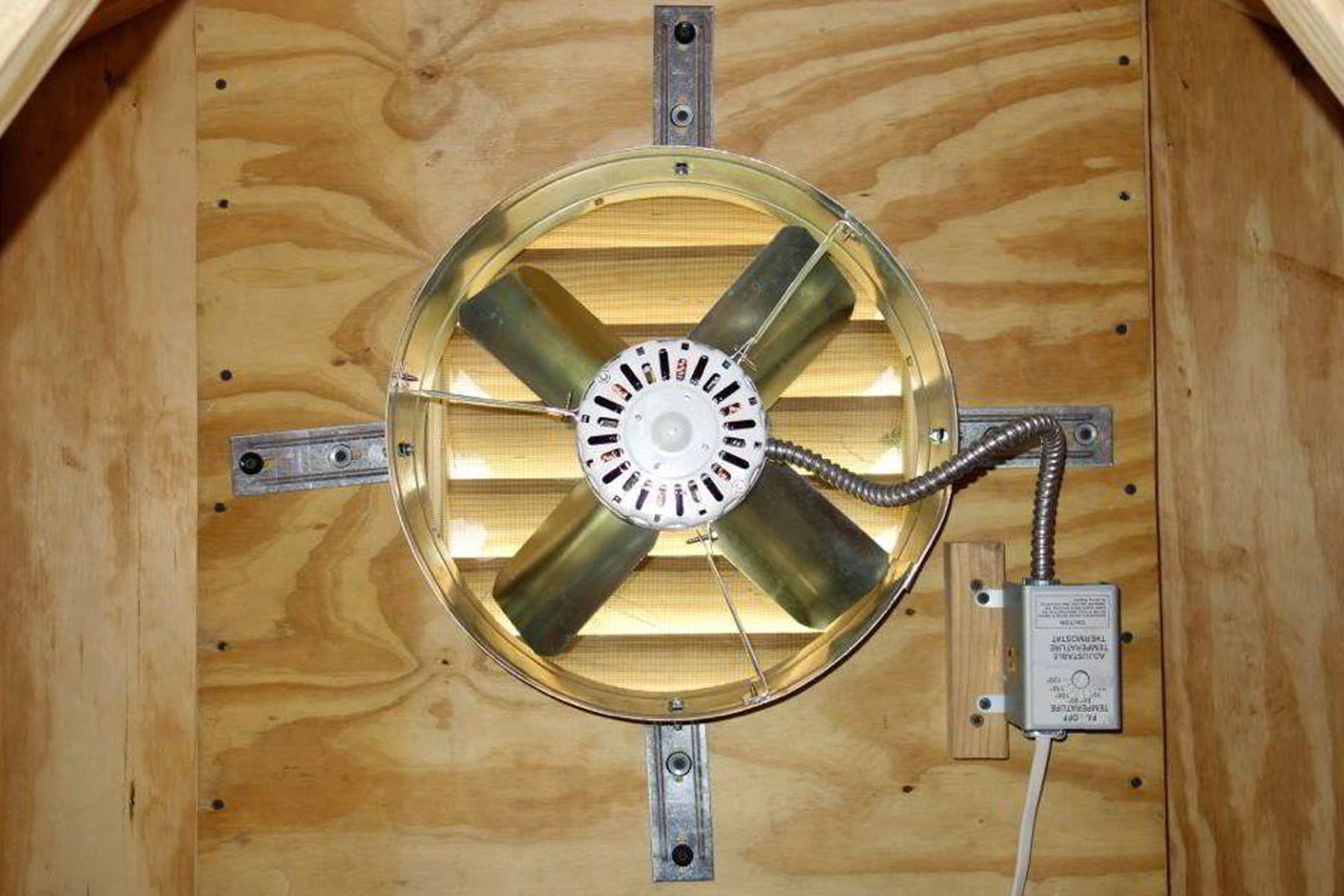
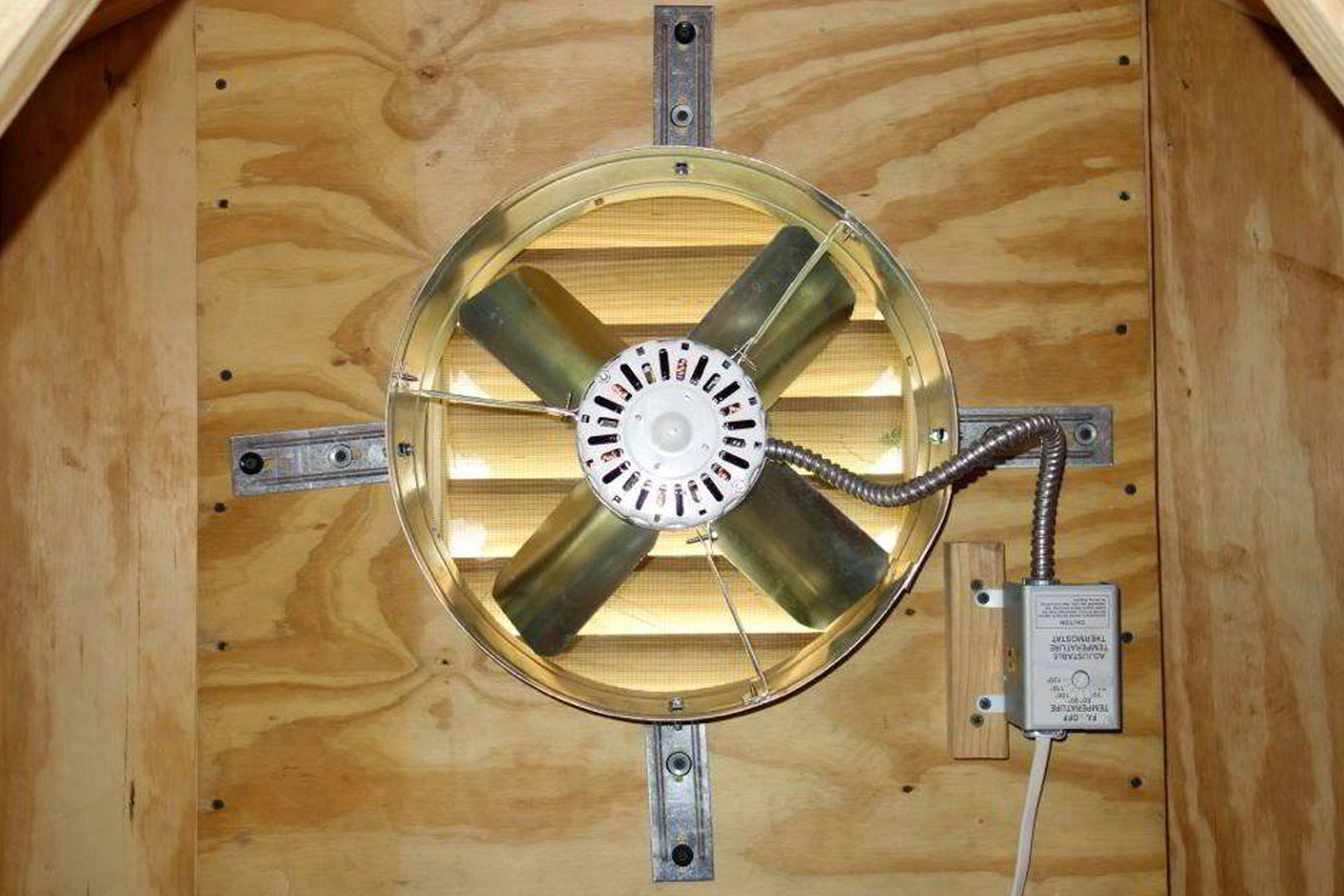
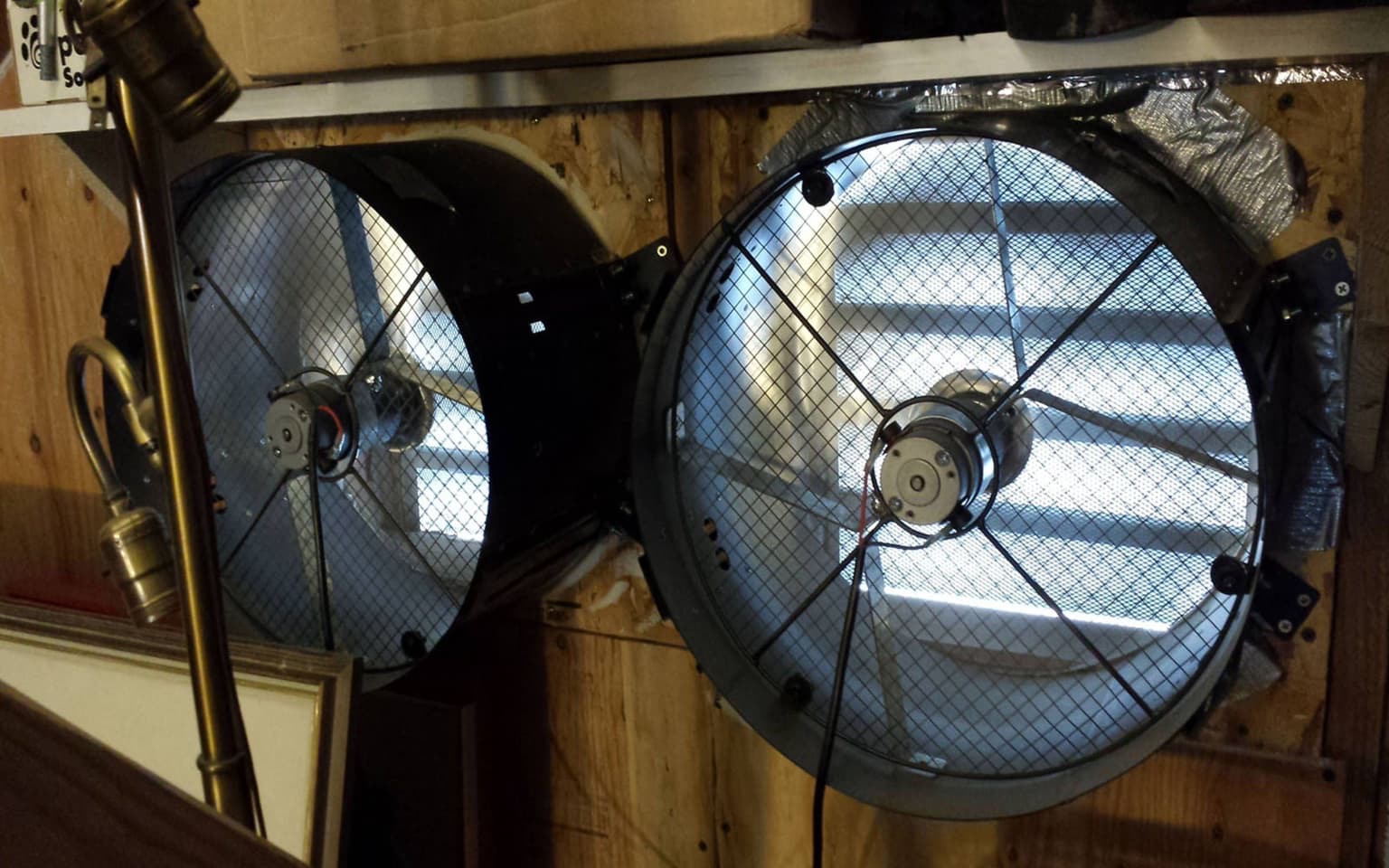
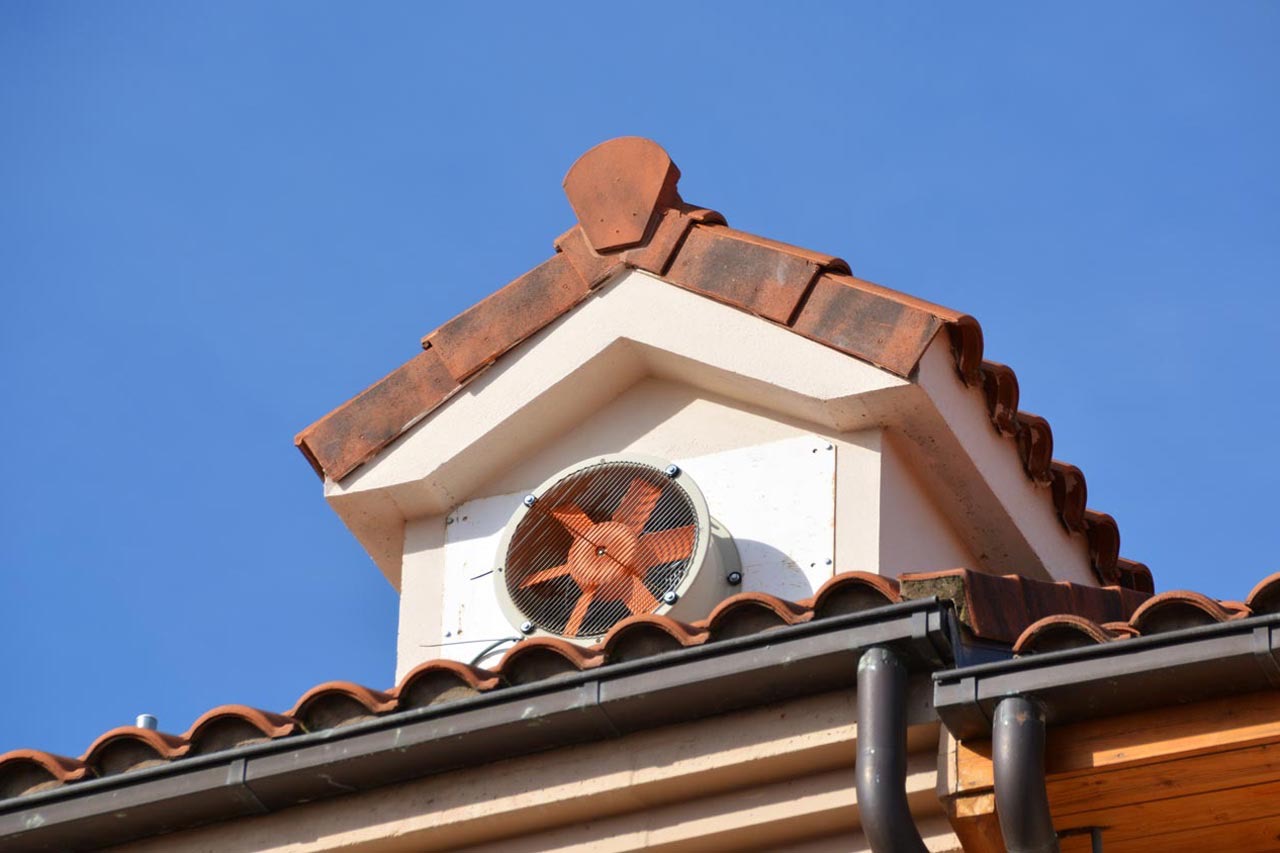
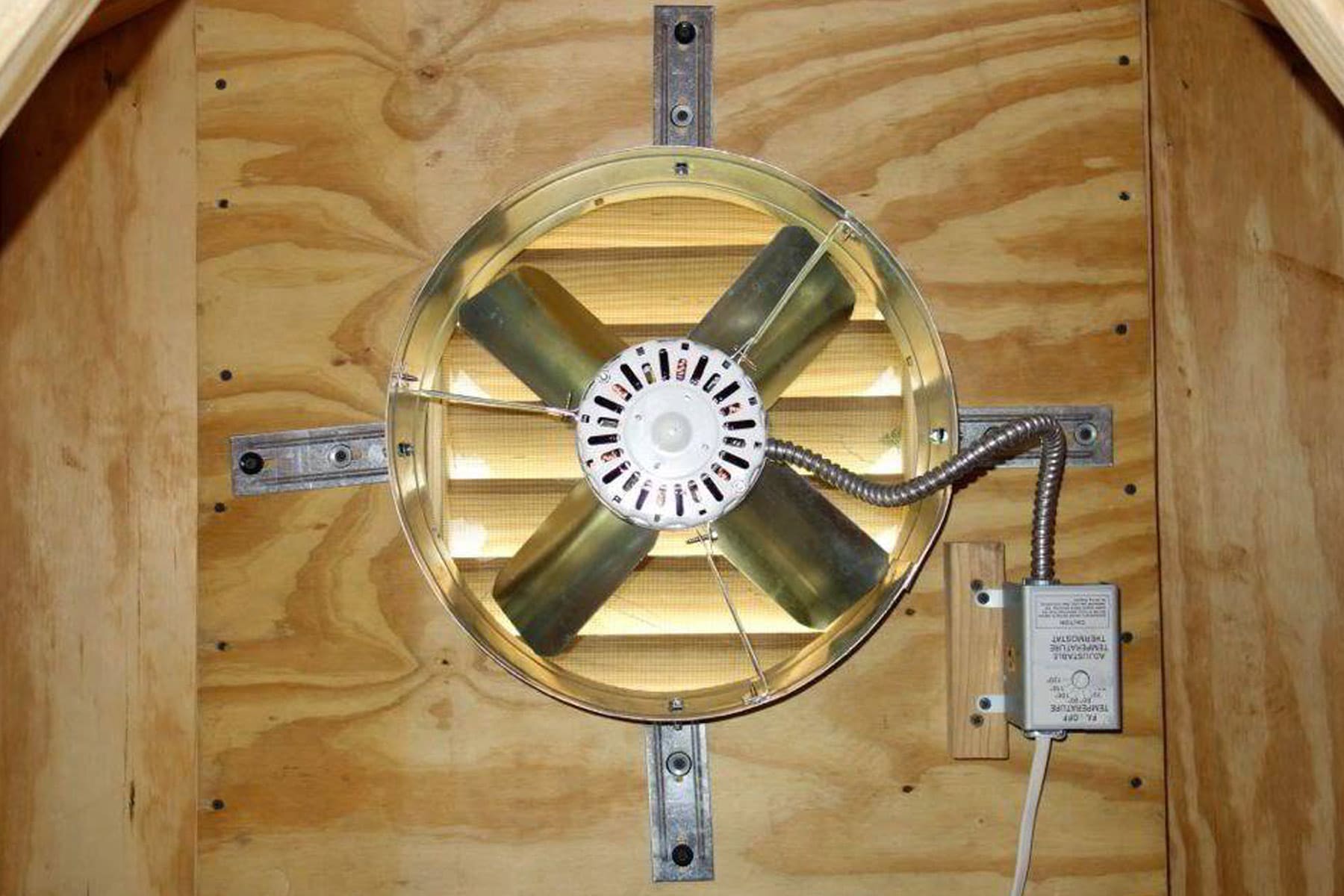
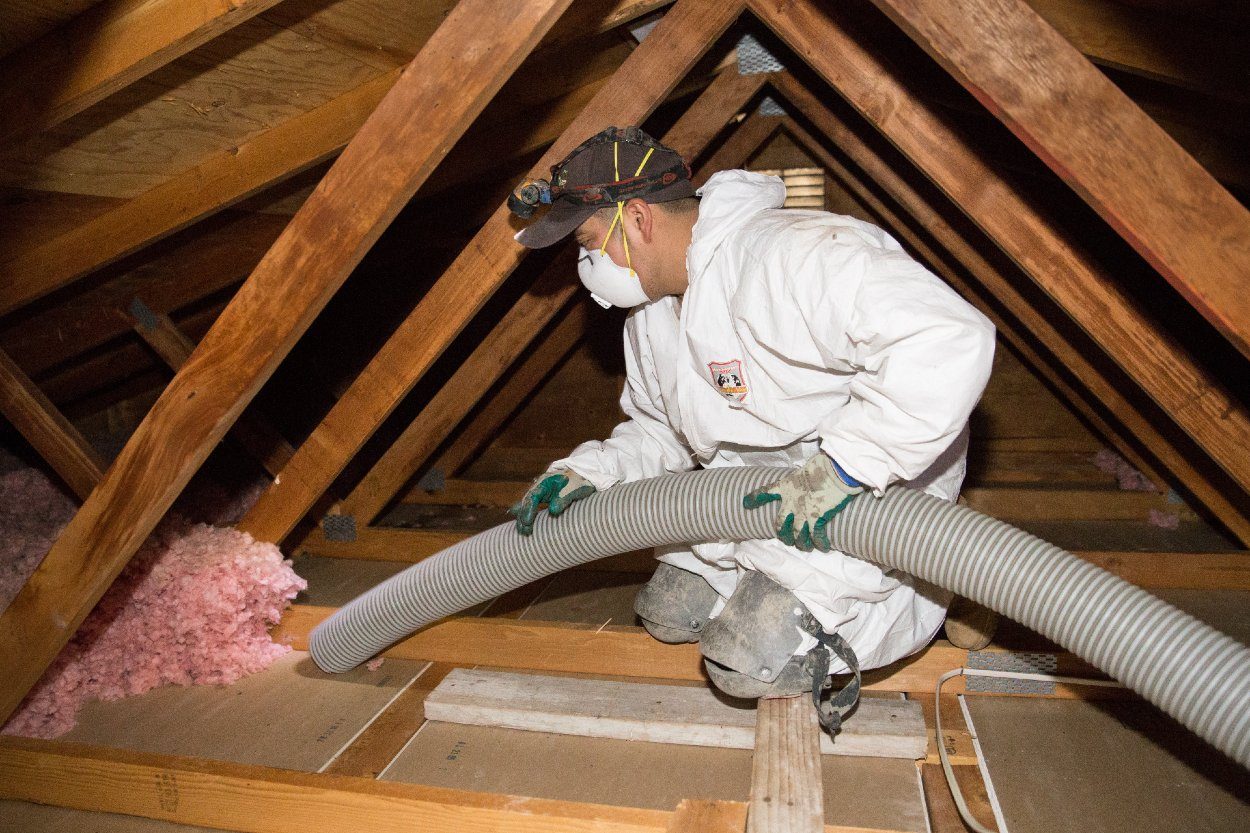
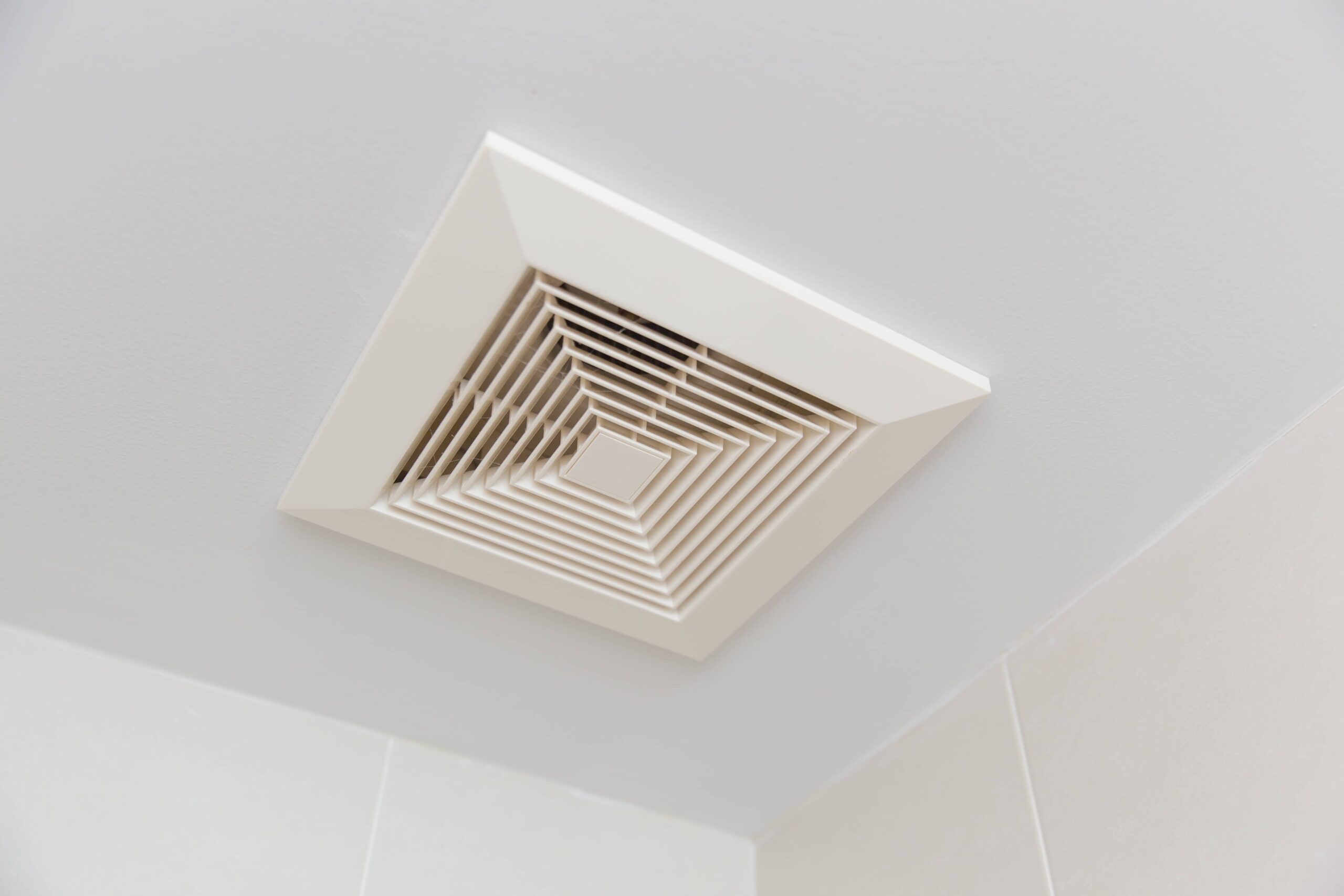
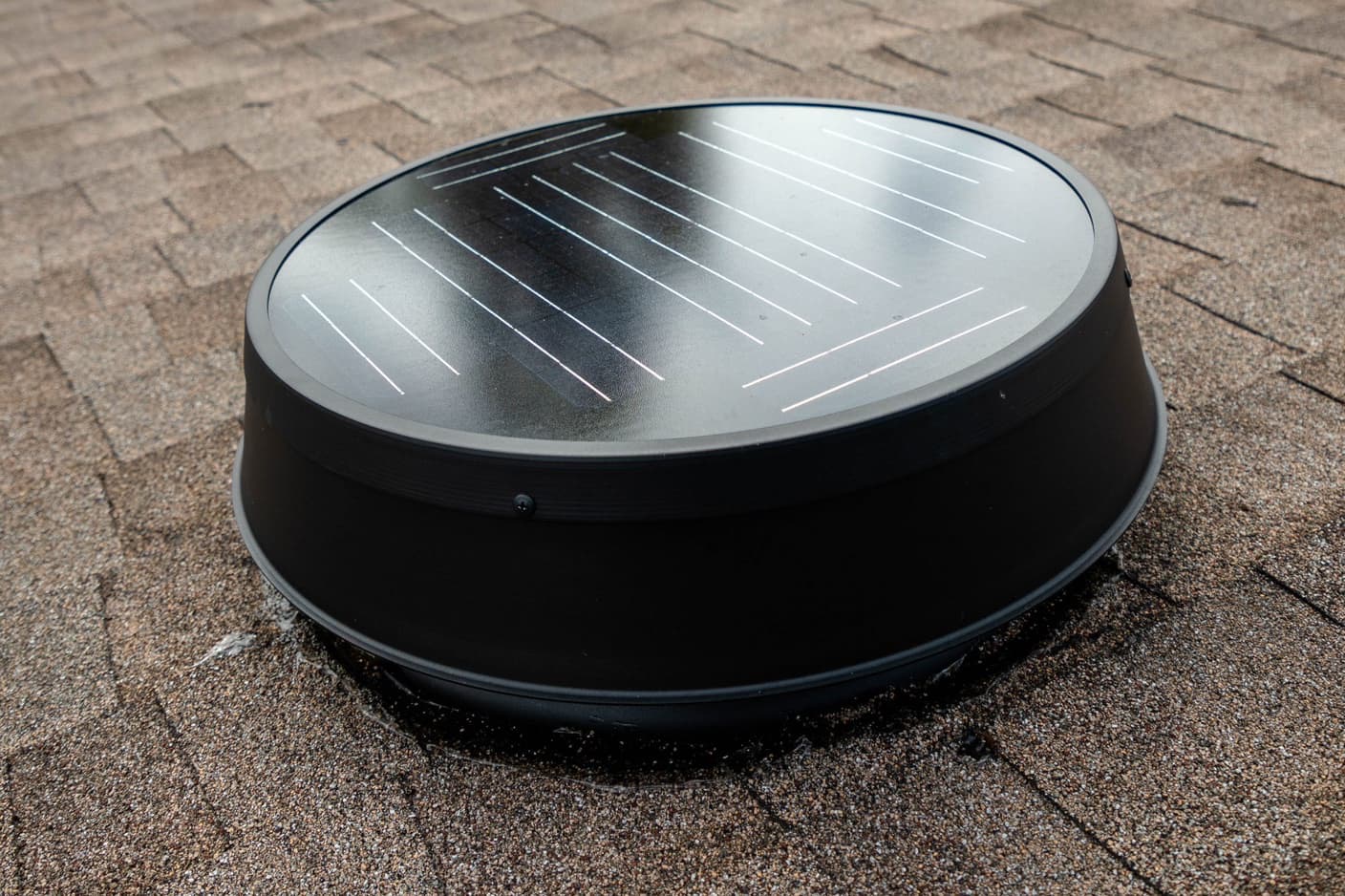
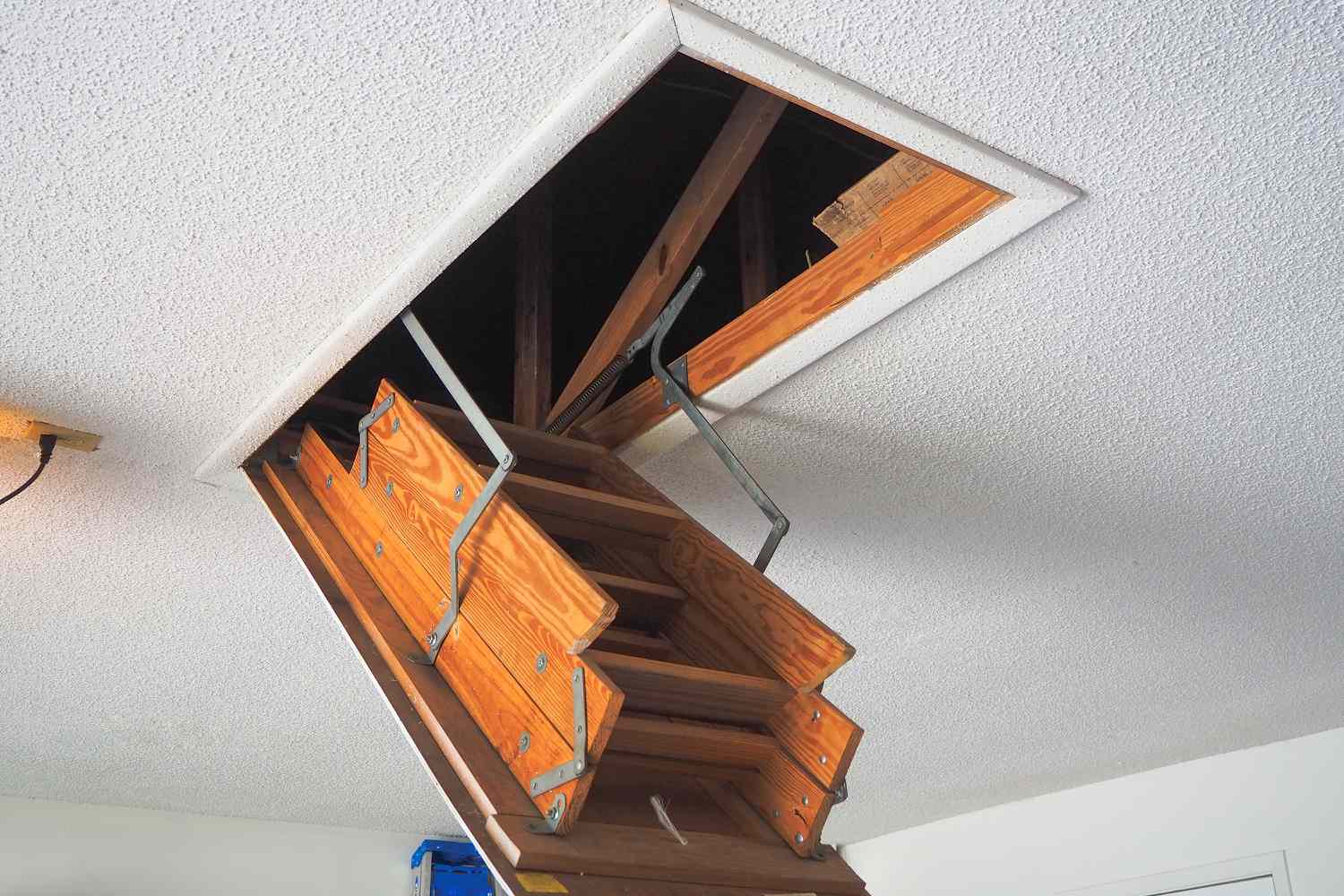
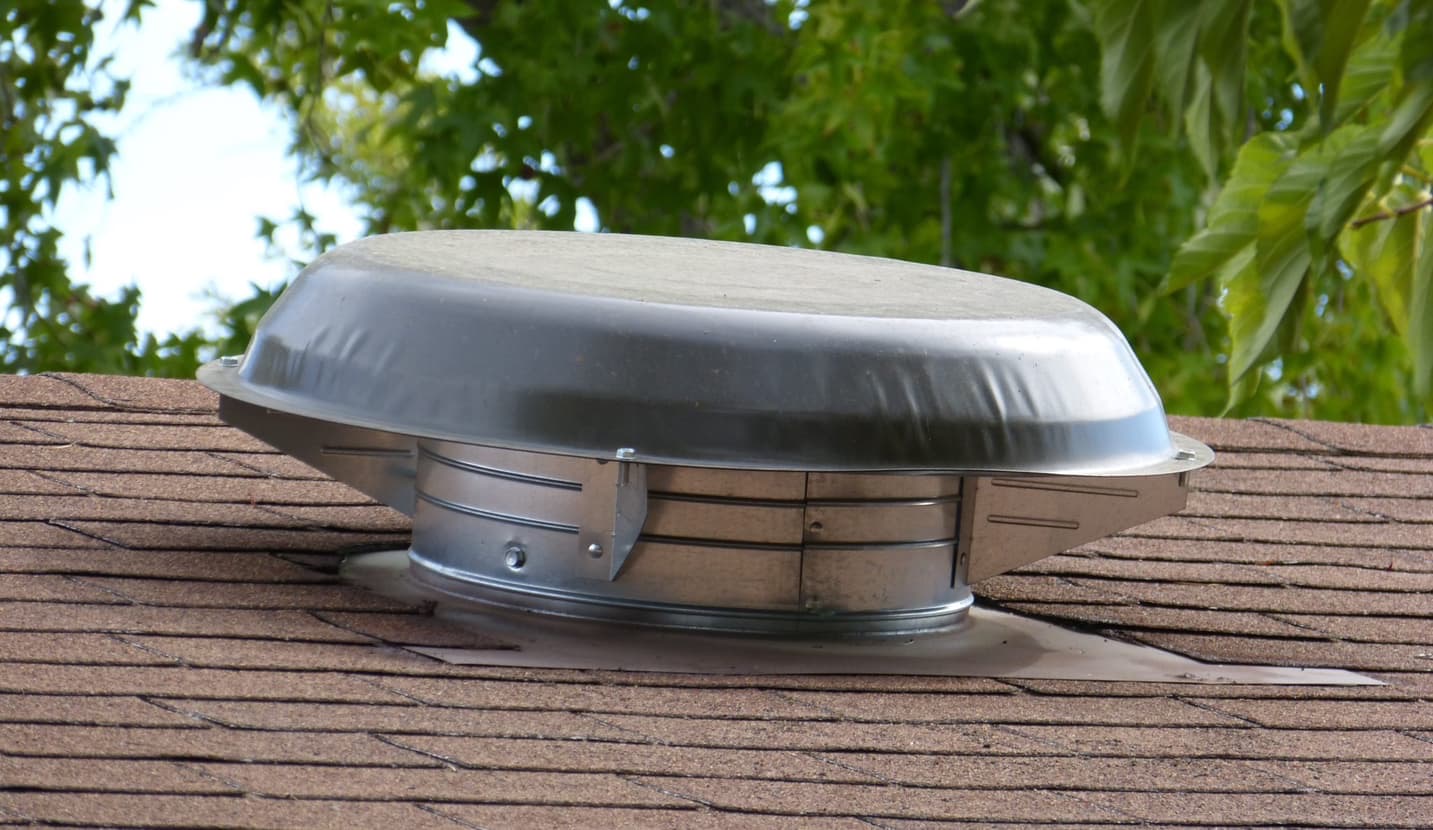
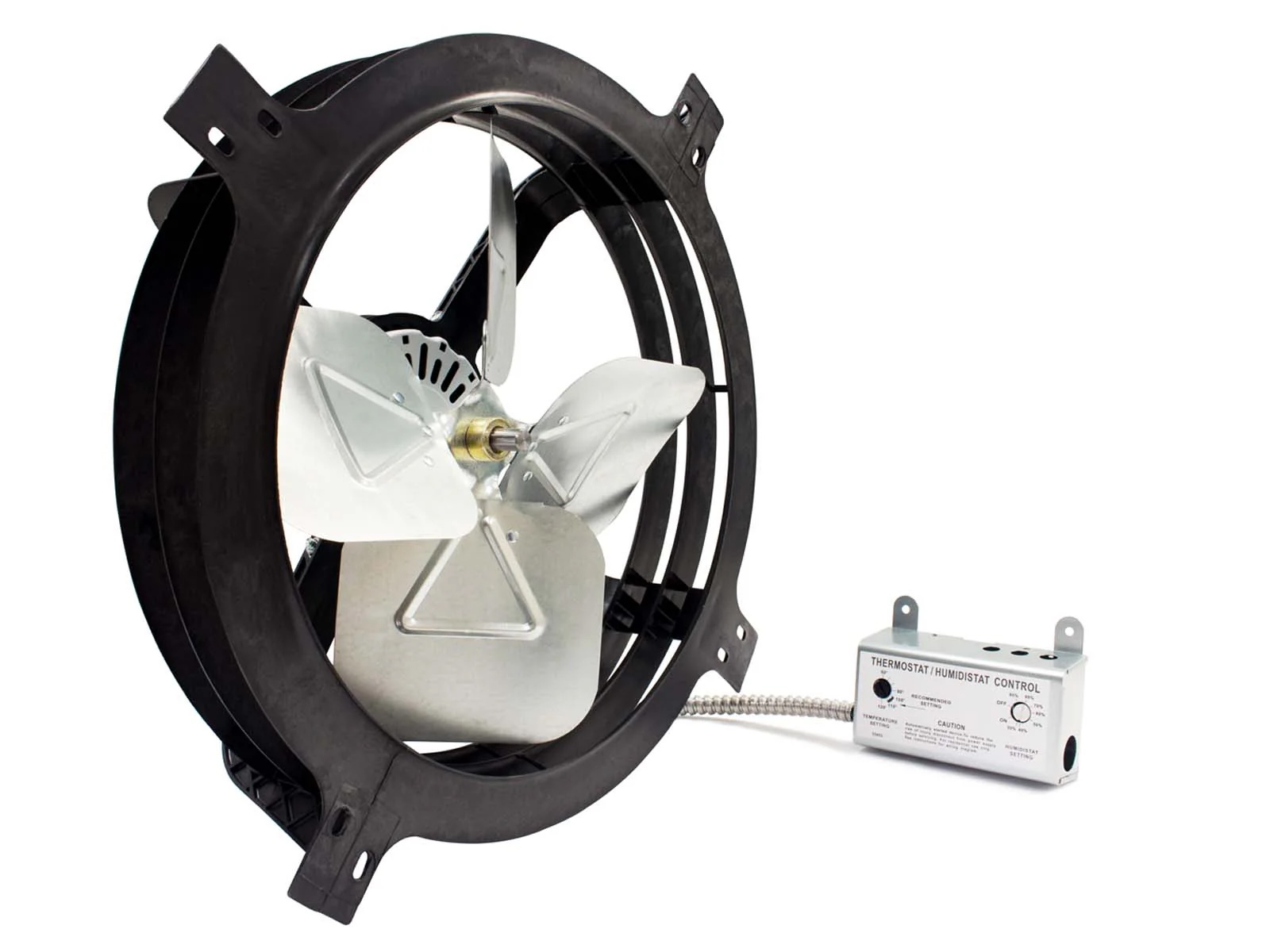
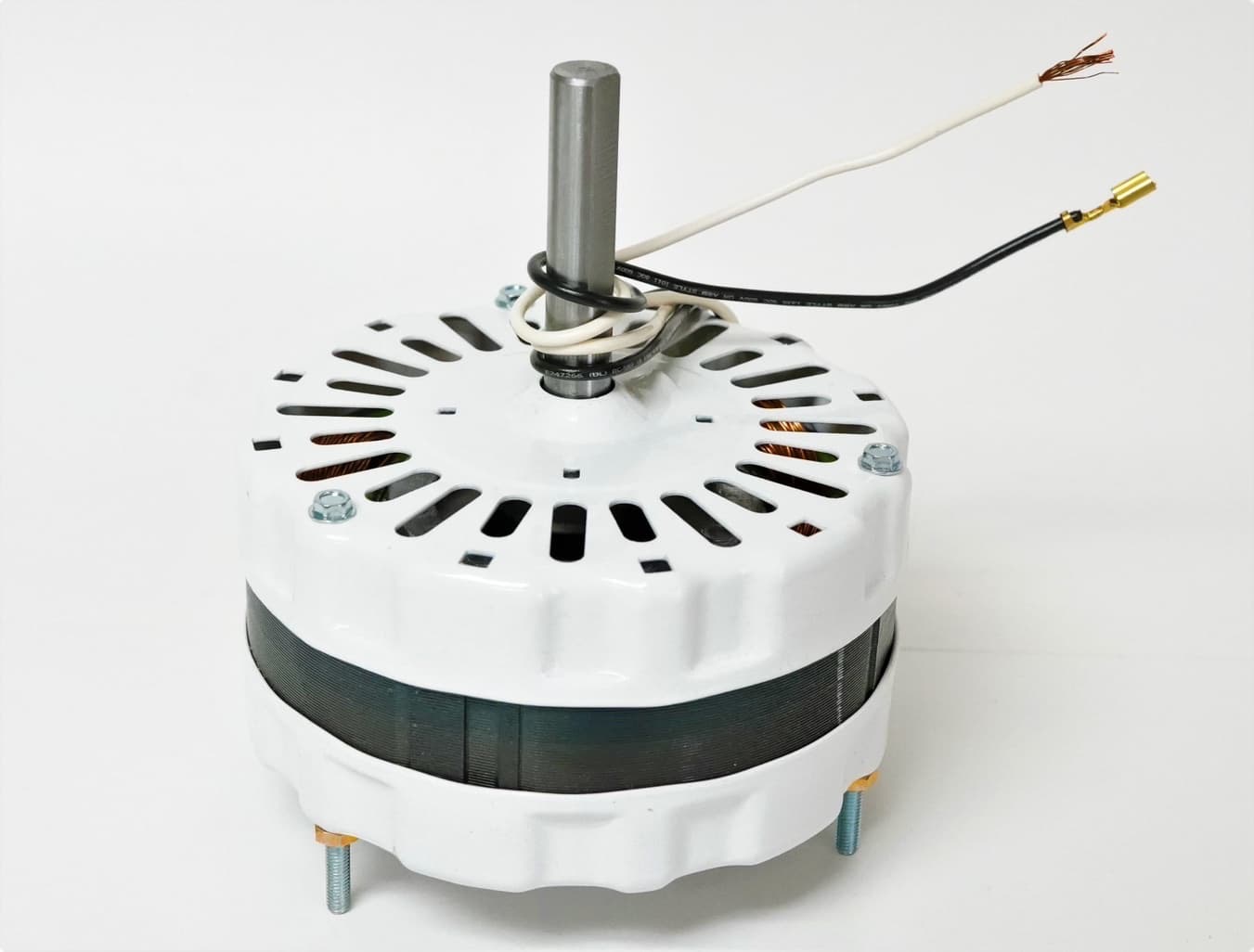

0 thoughts on “How Much Is An Attic Fan”